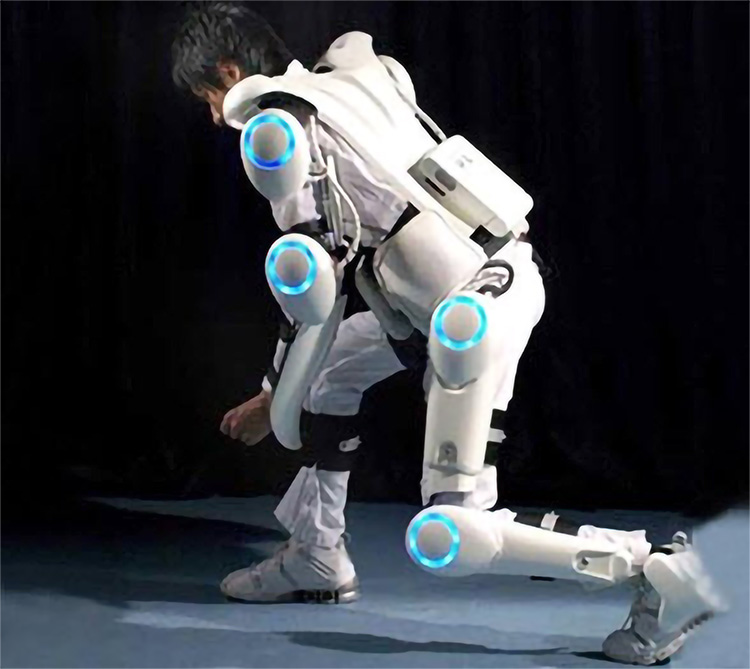Among wearable technologies, the work exoskeleton represents an important tool to improve waste collectors’ health and safety.
Waste collection is a physically demanding task that is associated with multiple occupational and musculoskeletal disorders. Several risk factors and working conditions affect the health and the safety of waste collectors. Frequent lifting of heavy loads, high repetitive tasks, long work duration and insufficient recovery are significant risk factors that may result in chronic injuries and diseases.
THE WEARABLE TECHNOLOGY
Wearable technology includes a multiplicity of devices developed to be worn and accessible by the user and including a platform for the sensing of different signals related to human health and behaviour. Their main functions are: human empowerment, monitoring - man and/or environment -, providing therapy or even the substitution of some human functions.
To this purpose we can classify them into four main categories:
- Sensorized clothing
- Accessories
- Exoskeletons
- Prosthetics
The availability of wearable systems for monitoring provides the ability for a quantitative, reliable and objective measurement of workers' activities in ecological contexts, without therefore affecting the normal execution of the required tasks.
Current solutions offer the possibility to integrate existing approaches used in the assessment of work-related musculoskeletal disorders within a multiparameter framework also considering international standards. The current state-of-art of wearable motion capture systems consists of wearable actigraphy - one of the main diagnostic tests for sleep investigation - and functional evaluation for monitoring simple and complex activities with eventual analysis and reporting. Partitalia, in collaboration with Politecnico di Milano, has exploited this project in these years.
THE WASTE COLLECTOR ASSESSMENT
The integration of physiological assessment with ECG (Electrocardiogram) and EMG (Electromyogram) recordings has provided a complete evaluation of the workers - otherwise the waste collector.
This perspective also means developing new methodologies for collecting and analysing large datasets, to be adopted for the evaluation of physiological parameters, physical factors and interaction with the environment.
Textile antennas have been also explored as embedded solutions to collect data about the interaction with waste bins and bags.
A further opportunity is the empowering solution like wearable exoskeletons.
EXOSKELETONS SUPPORT THE WASTE COLLECTOR
Exoskeletons are external wearable systems and structures that support or re-enhable new, weakened or lost functions.
Giuseppe Andreoni, Full Professor and Coordinator of “Technology and Design for Healthcare (TeDH)”, Lab at Politecnico di Milano, who works on exoskeletons project declares: «We have analysed and explored both active and passive solutions to verify the needs and capabilities of supporting the working activities, with different levels of intensity. They incorporate an important complexity of: design, mechatronics, materials, sensors and software. The current challenge is the wearable devices design, in accordance with the workplace need and safety requirements - interferences with other elements of the system, supported working tasks».
In conclusion, the use and application of wearable systems in ergonomics can have four different points of relevance:
- Analytic, to identify and assess ergonomic factors or WRMSD (Work-Related Musculoskeletal Disorders) risks;
- Proactive, to design or re-design workplaces, tools, machines and tasks;
- Safety, to prevent or mitigate the occurrence of possible risks of different nature;
- Wellbeing, to improve human health and not simply safety.
We are developing a dedicated solution to the waste collection sector to be tested in the coming future, improving workers’ health and simplifying the operations.


